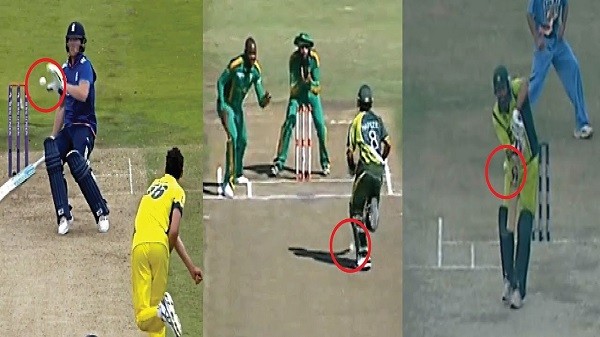Explaining the methods of dismissal in cricket

In cricket, the primary objective for the fielding team is to dismiss all 11 batsmen of the opposing team. There are several methods of dismissal in cricket, each with its own set of rules and nuances. These methods play a crucial role in shaping the outcome of a match. Discover now the most comprehensive cricket betting – 1xBet also has all kinds of wagers related to how batsmen are dismissed.
It is worth remembering that batters who need to be dismissed follow the batting order, which can be described as follows:
- top order goes from batters 1 to 3;
- upper middle order, which corresponds to batters 4 and 5;
- lower middle order, which corresponds to batters from 6 to 8;
- and tail enders, which corresponds from batters 9 to 11.
One of the most common methods of dismissal, a batsman is bowled out when the bowler delivers the ball, and it hits the stumps, dislodging the bails. This method relies on the bowler’s accuracy and ability to deceive the batsman. Bowled dismissals often occur when the batsman misjudges the line or length of the delivery. Bowled dismissals account for approximately 28% of all dismissals in international cricket.
A batsman can also be dismissed if a fielder catches the ball hit by the batsman before it touches the ground. This method involves a combination of the bowler’s skill and the fielder’s agility. Catching out a batsman is often a result of strategic field placements and well-executed bowling. Caught dismissals are the most common type, accounting for about 61% of all dismissals in international cricket. You can make the most comprehensive cricket betting at 1xBet, where wagers related to dismissals can also be made.
Another dismissal is leg-before-wicket. A batsman can be given out LBW if the ball, in the umpire’s judgment, would have hit the stumps but for any part of the batsman’s body (excluding the hand) intercepting it. The batsman must also be in front of the stumps when the ball hits them. LBW dismissals make up approximately 14% of all dismissals in international cricket.
Run-out occurs when the fielding side successfully dislodges the bails at either end of the pitch while the batsmen are attempting to take a run. This method relies on quick thinking and accurate throws from the fielding team. Run-out dismissals account for around 1% of all dismissals in international cricket.
More unusual forms of being dismissed
Stumping is a method of dismissal that happens when the wicket-keeper removes the bails while the batsman is out of their crease and not attempting a shot. This usually occurs when a batsman loses balance or comes forward to play a delivery. If you think this will happen during a match, go to the https://india-1xbet.com website and wager on this occurrence.
Stumping dismissals are relatively rare, contributing to only about 1% of all dismissals in international cricket.
A batsman is dismissed hit wicket if they accidentally dislodge the bails with any part of their body or equipment while attempting a shot or taking a run. It’s a unique method of dismissal that reflects the batsman’s own carelessness. Hit Wicket dismissals are quite uncommon, accounting for less than 1% of all dismissals in international cricket.
Batsmen can be given out if they deliberately handle the ball to prevent it from hitting the stumps or being caught. This is a rare method of dismissal, as it involves a deliberate act. This occurs in less than 0.1% of dismissals.
A batsman may also be dismissed for obstructing the field if they deliberately hinder the fielding side from effecting a run-out or preventing a catch. Obstructing the Field dismissals are quite rare, contributing to less than 1% of all dismissals in international cricket, but they can still be wagered at 1xBet too.
In addition to these methods, there is a 10th method called “Retired Out (RO)”, where a batsman can voluntarily retire from their innings without being dismissed by the bowlers or fielding side. This is not considered a standard method of dismissal.




